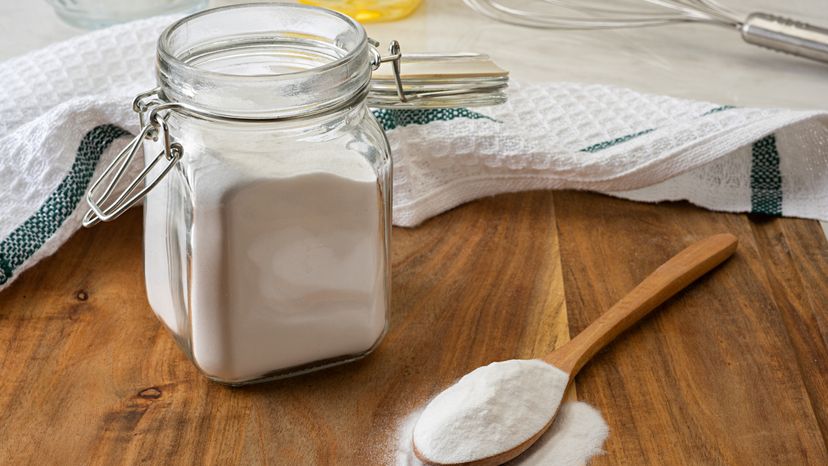
Baking soda can safely tackle kitchen jobs above and beyond the legendary box at the back of the refrigerator. Once you discover the versatility of baking soda for cleaning purposes, you'll do away with all those cleaners under your sink and never use oven spray again.
In this article, we'll share the range of cleaning duties baking soda can perform in the kitchen. But first, we'll share a simple homemade concoction that can replace most of the commercial cleaners you probably have on your shelf.
Advertisement